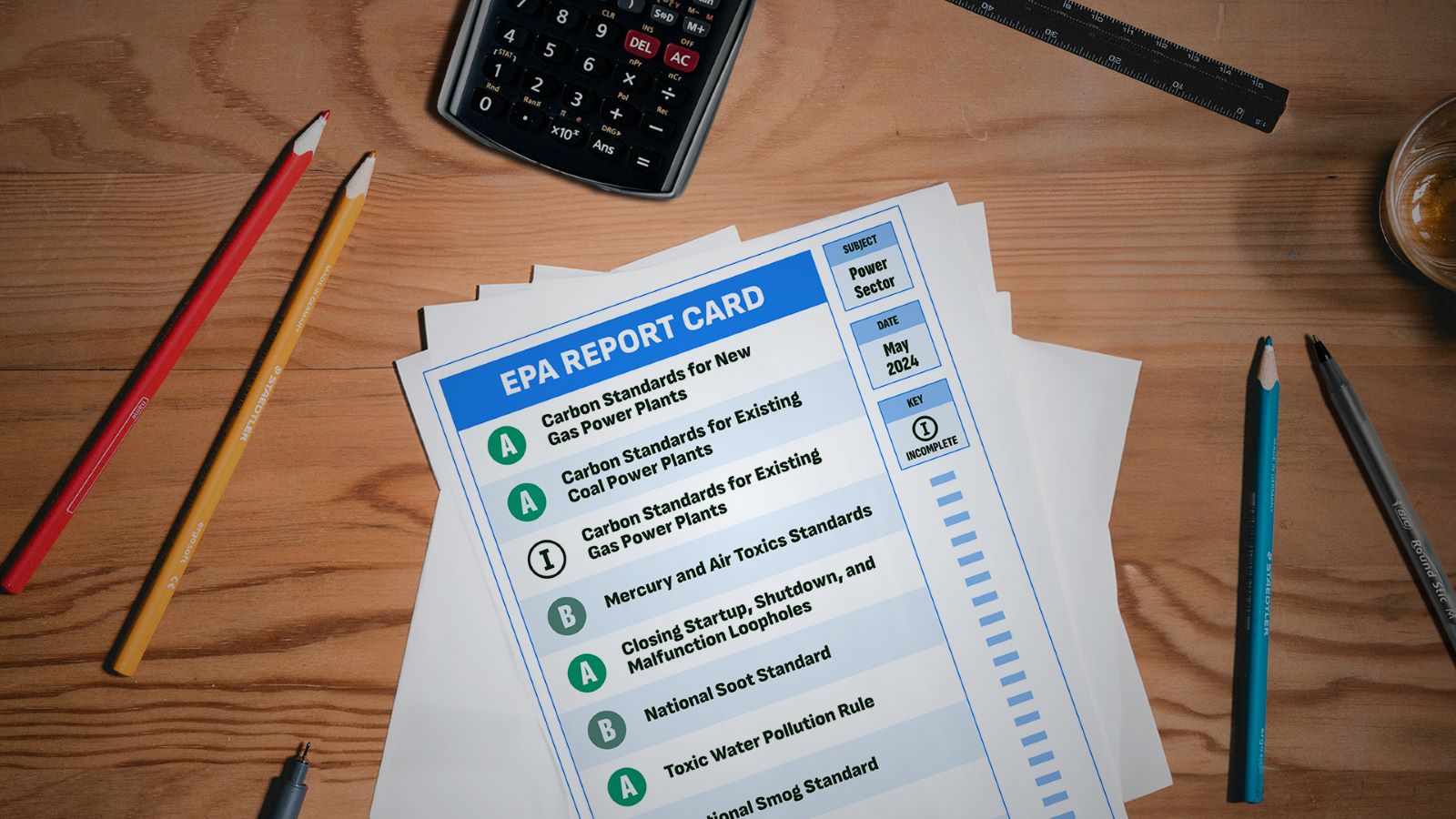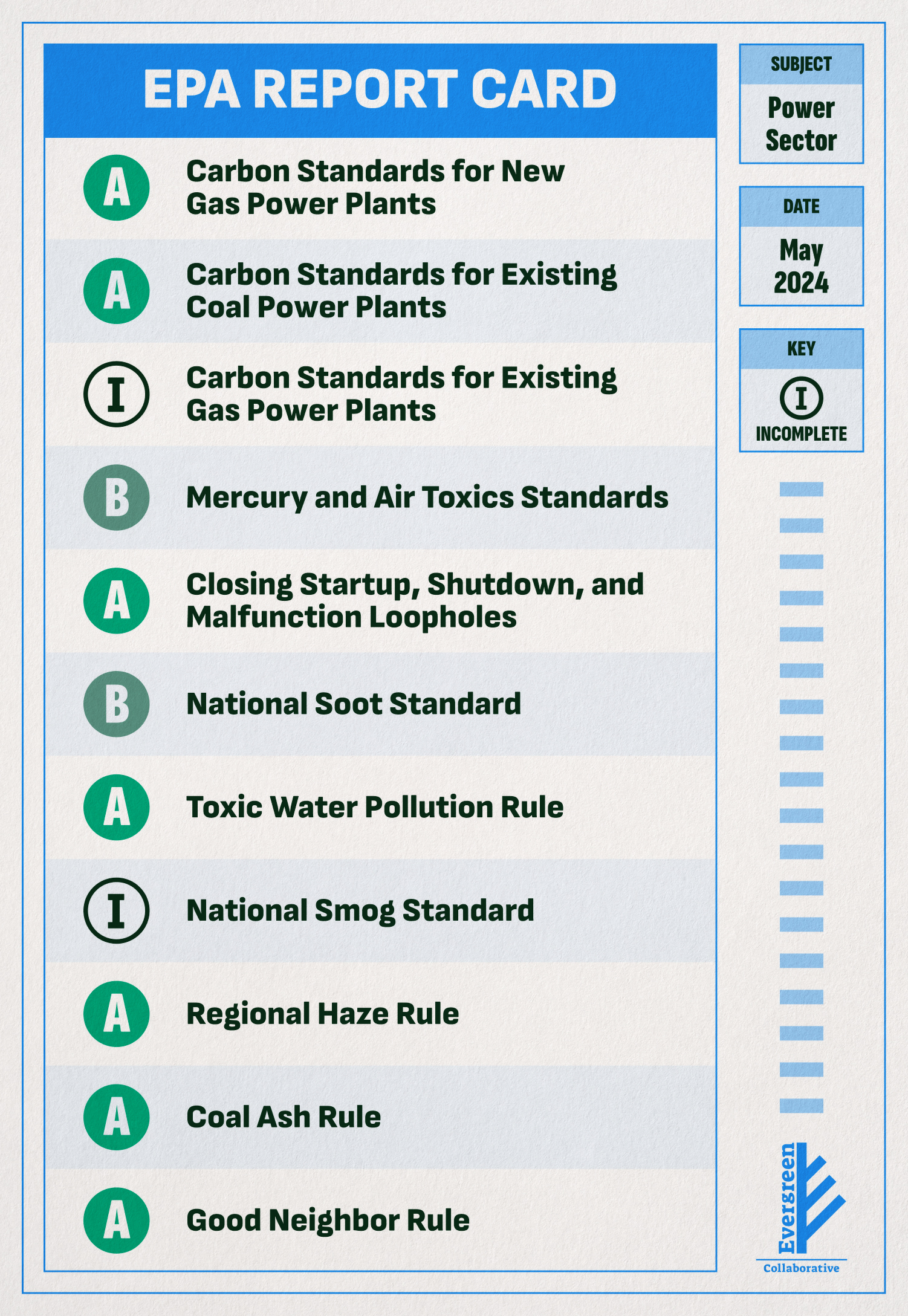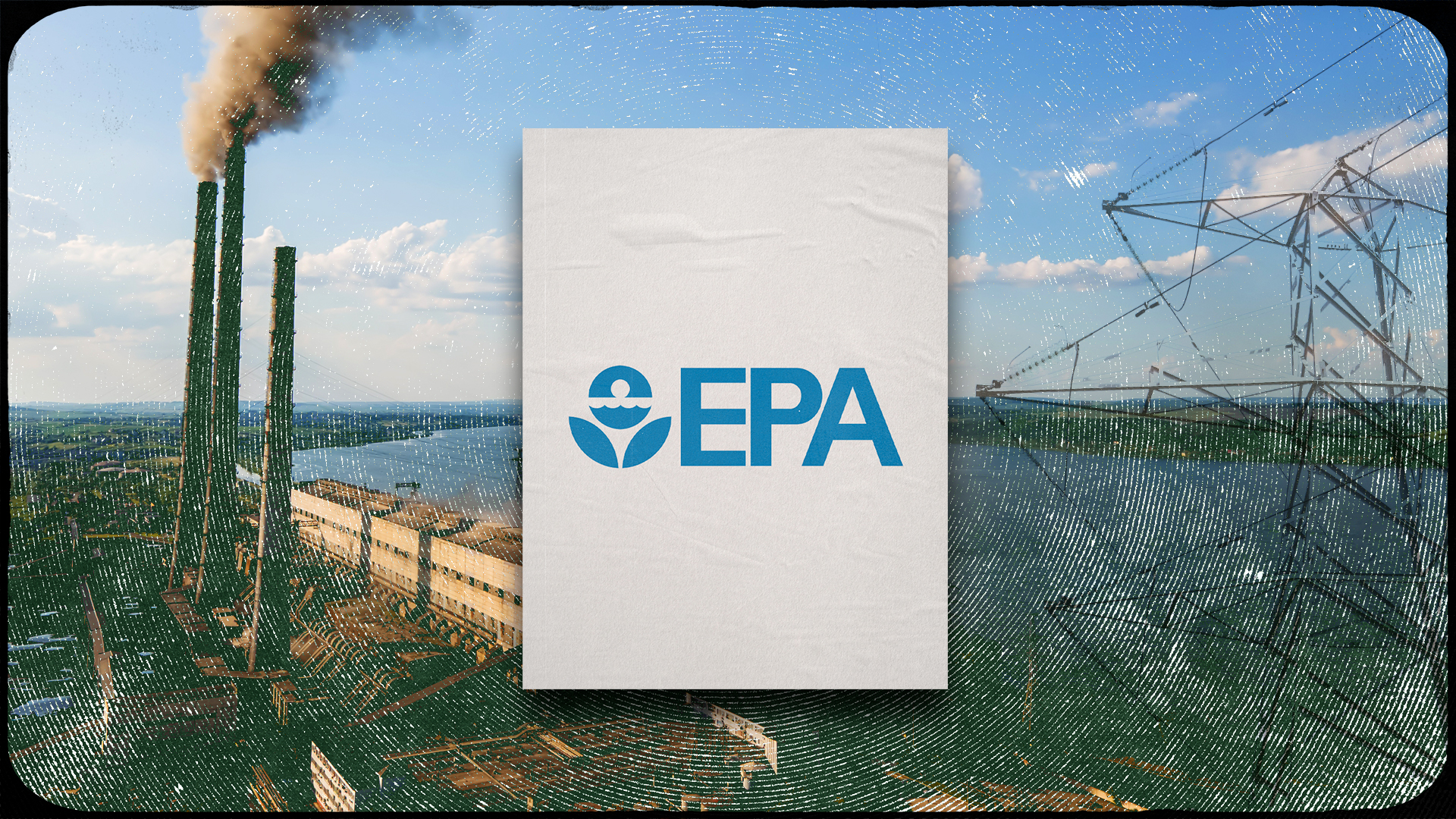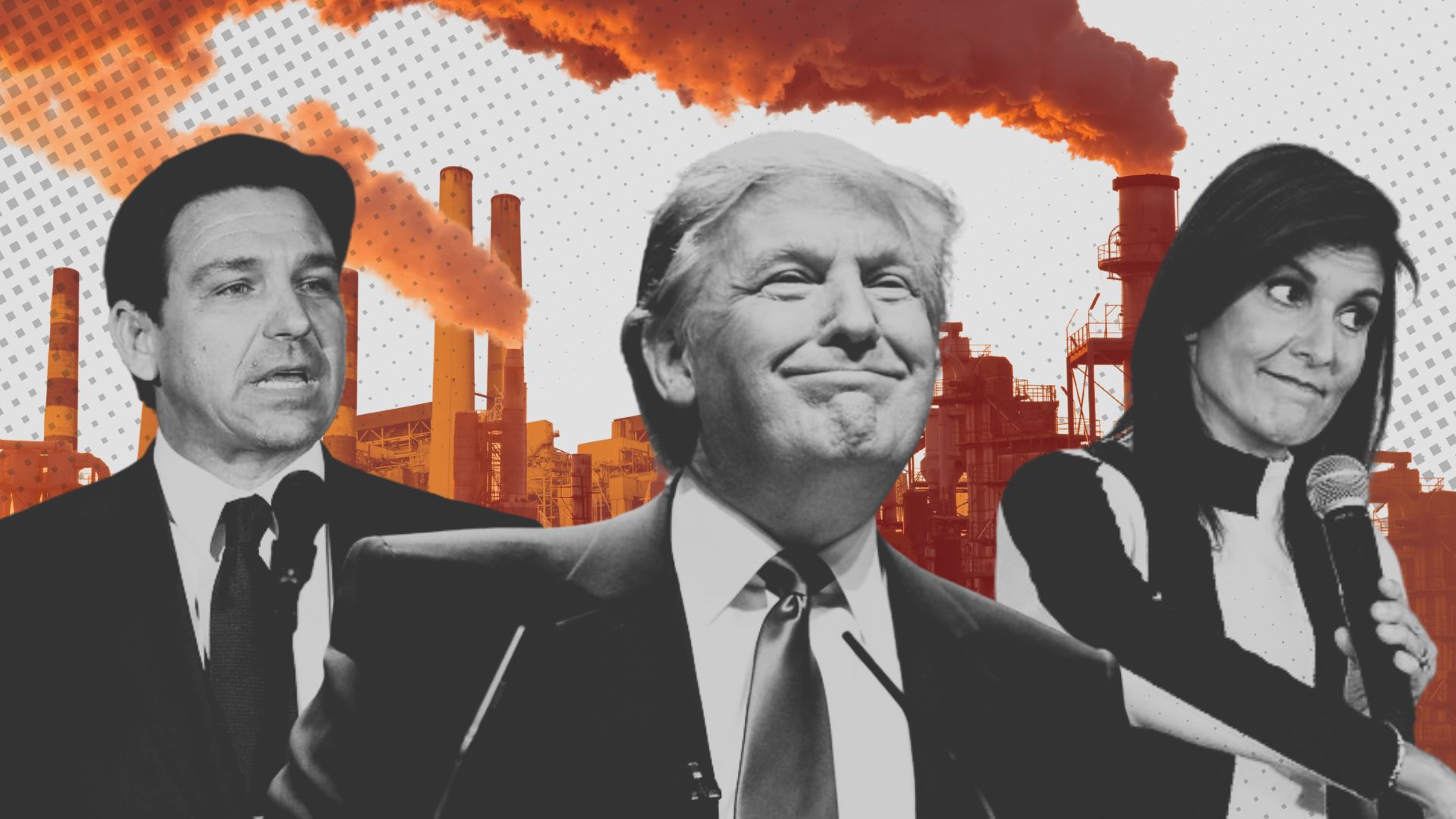How Did EPA Do?
EPA Administrator Regan’s coordinated, multi-pollutant approach was ambitious—he set out to finalize a suite of rules on a very fast timeline, sped up even faster to April 2024 to avoid potentially being subject to the Congressional Review Act (CRA).
Now that EPA has finished its rush of power sector regulations in advance of the CRA deadline and this phase of rulemaking has come to a close, Evergreen analyzed EPA’s progress over the past two years and determined that the agency has made historic progress in protecting communities and the climate by addressing pollution across the sector.
EPA finalized 9 of the 11 power sector rules Evergreen tracked. Because of extensive public comment and procedural requirements and the potential for lengthy litigation, the rulemaking process often takes years. The fossil fuel industry is lobbying for laxer standards every day. It’s no small feat that EPA was able to follow through on its promise to finalize most of these rules and deliver major climate, public health, and economic benefits across the country.
Evergreen also graded the strength of these final rules. EPA ended the term with 7 A’s, 2 B’s, and 2 Incompletes. The justification for each of those grades is above. These high marks are a reflection of the hard work of advocates across the country, who successfully pushed not only for updated rules but strong and ambitious updated rules. Together, the combined impact of these rules will cut approximately 155 million tons of carbon pollution each year, save 7,200 lives annually, and create $73 billion in health and climate benefits every year, across the country. Over time, that represents trillions of dollars of economic benefits, billions of tons of avoided climate pollution, and tens of thousands of lives saved.
This progress represents a huge win for communities and the climate—with more work ahead to finish the job. Included in these rules are first-ever federal limits on power plant pollution, along with limits to toxic heavy metal discharge into waterways; soot, mercury, and other toxics into our air; and coal ash pollution into our groundwater. These rules consist of historic, first-of-their-kind standards, instances of EPA strengthening existing rules to require more modern control technologies to be installed, and closing loopholes that have allowed polluters to skirt the intention of previous regulations. Moreover, they showcase unprecedented progress in cleaning up power plants, the largest industrial source of climate pollution, along with other air and water pollution across the U.S.
Practically, finalizing this suite of rules means drastically curbing climate-warming pollution, fewer people coping with asthma, cancer, and heart and lung disease, and cleaner, safer water—a huge stride in our collective fight for a safer planet and healthier communities. Addressing climate and environmental justice are two sides of the same coin, and by finalizing nearly all of these rules, EPA signaled that addressing both is a priority for it and the Biden administration.
EPA finalizing this suite of first-term rules is a consequential milestone on the path to a safer future for all—and there is still much to be done. These rules need to be defended in Congress and in the courts, they need to be efficiently and effectively implemented, and a few of them still need to be strengthened and finalized in the next term. We must celebrate these hard-won successes for the climate and our communities while remaining committed to seeing this multi-pollutant agenda through to its completion.




